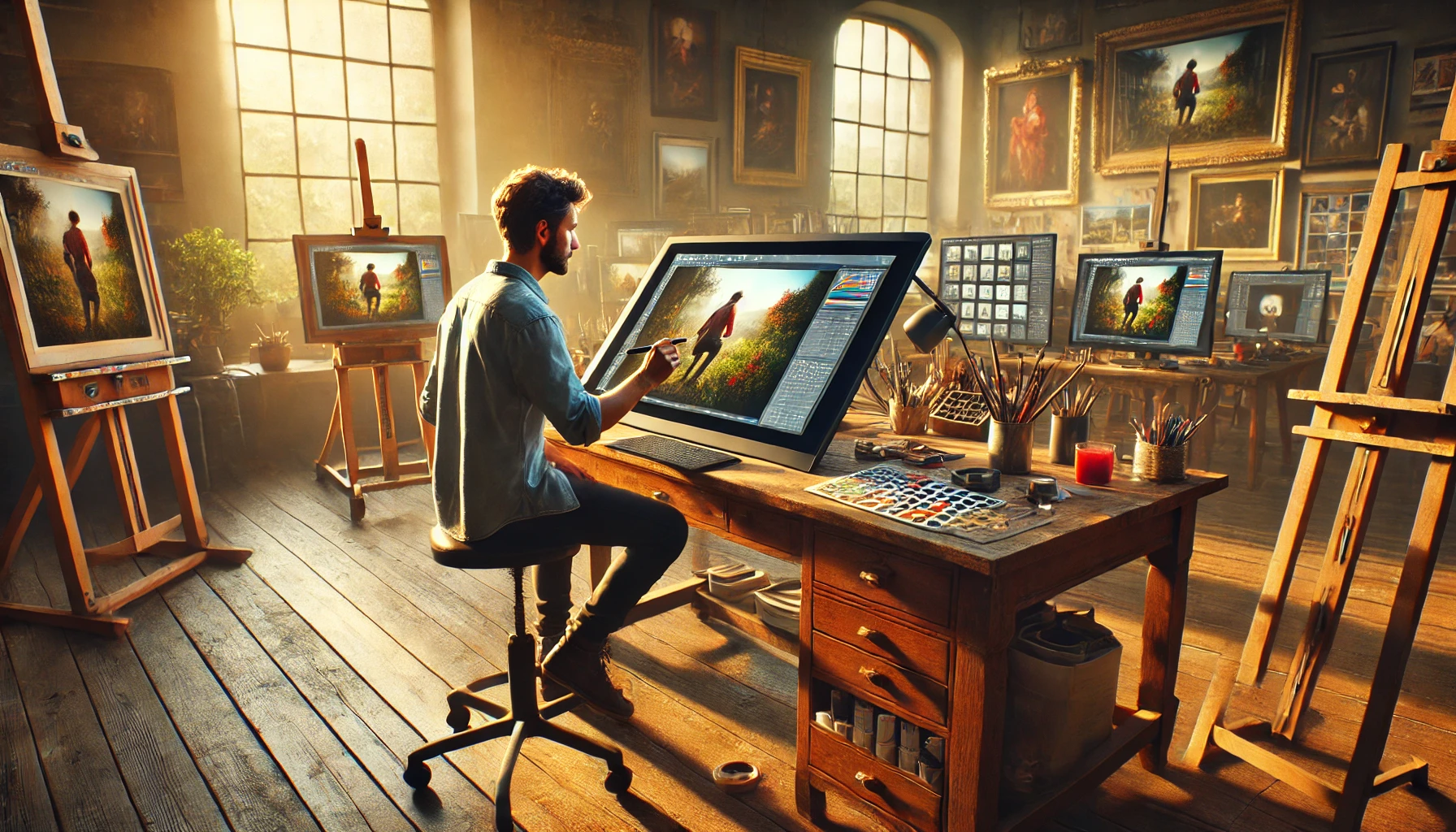Transforming photographs into stunning paintings has never been easier, thanks to a variety of free digital art tools. These programs use advanced algorithms to apply artistic effects, allowing users to create unique masterpieces from their images. Below is a carefully curated list of the top five free digital photo editing software that excel at converting photos into paintings, along with their pros and cons.
1. GIMP (GNU Image Manipulation Program)
Pros:
- Comprehensive Toolset: Offers a wide range of professional-grade tools, including layers, filters, and customizable brushes.
- Customizable Interface: Users can tailor the interface and functionality with plugins and scripts.
- Cross-Platform Compatibility: Available on Windows, macOS, and Linux.
Cons:
- Steep Learning Curve: The extensive feature set can be overwhelming for beginners.
- Interface Design: Some users may find the layout less intuitive compared to commercial software.
Screenshots:

2. Paint.NET
Pros:
- User-Friendly Interface: Simple and intuitive design, making it accessible for beginners.
- Active Online Community: A wealth of tutorials and plugins are available through a dedicated user base.
- Lightweight: Requires minimal system resources for smooth performance.
Cons:
- Limited Advanced Features: Lacks some tools found in professional software.
- Windows Only: Not available for macOS or Linux users.
Screenshots:

3. Krita
Pros:
- Designed for Digital Painting: Offers a variety of brushes and stabilizers tailored for digital artists.
- Customizable Brush Engines: Users can create and modify brushes for unique effects.
- Open-Source and Free: Completely free, with no hidden costs or subscriptions.
Cons:
- Performance Issues: May lag when handling large files or complex projects.
- Learning Curve: The vast number of features can be daunting for new users.
Screenshots:

5. Fotor
Pros:
- Online Accessibility: Browser-based editor, eliminating the need for downloads.
- Artistic Effects: Provides a variety of filters and effects to transform photos into paintings.
- Collage and Design Tools: Additional features for creating collages and graphic designs.
Cons:
- Requires Internet Connection: Limited functionality without an active internet connection.
- Premium Features Locked: Some advanced tools require a subscription.
Screenshots:

Conclusion
Each of these free digital art programs offers unique features for converting photos into paintings. Whether you’re a beginner looking for an intuitive tool or an advanced user seeking extensive features, there is an option to suit your needs. Explore these software programs and unleash your creativity by turning your photos into stunning digital masterpieces.
